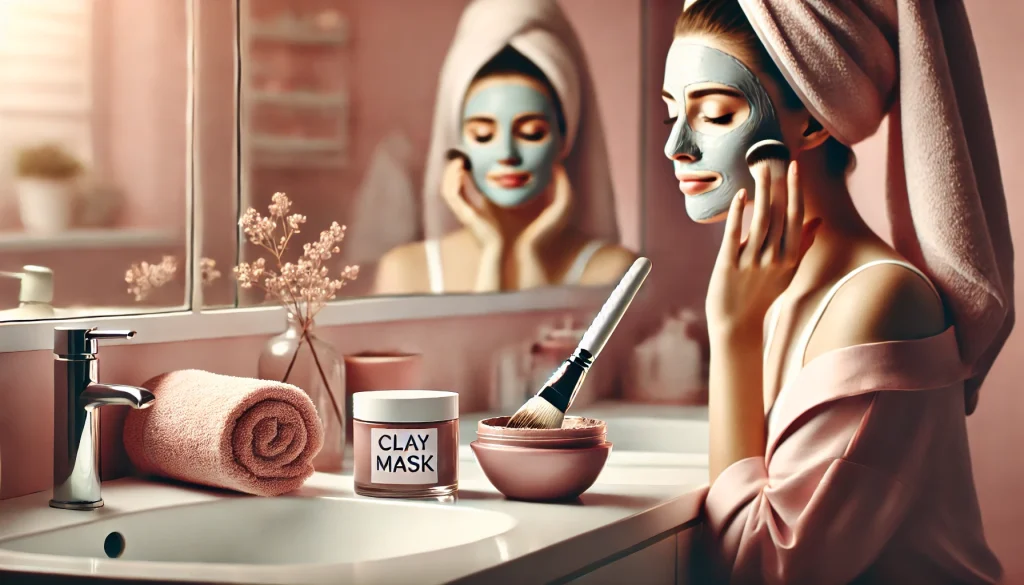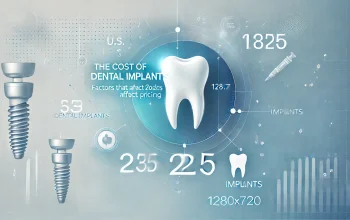Do Clay Masks Really Help with Acne? Dermatologist Insights and Benefits Explained

When it comes to skincare, particularly in the battle against acne, clay masks are often hailed as a hero product. But do they truly live up to the hype? To answer this question, it’s essential to explore what clay masks are, how they work, and what dermatologists say about their effectiveness in treating acne-prone skin.
Table of Contents
What Are Clay Masks?
Clay-masks have been used for centuries as a natural remedy for skin ailments. They are typically composed of various types of clay, each with its unique properties. The most common types include:
- Bentonite Clay: Known for its strong oil-absorbing properties, bentonite clay is made from volcanic ash. It swells when mixed with water, helping to draw out impurities from the skin.
- Kaolin Clay: A gentler option, kaolin clay comes in several colors (white, pink, yellow) and is suitable for sensitive skin. It absorbs oil without stripping the skin’s natural moisture.
- French Green Clay: Rich in minerals like magnesium, calcium, and zinc, French green clay is known for its healing and detoxifying properties.
- Rhassoul Clay: Originating from Morocco, this clay is renowned for its ability to improve skin elasticity and clarity while also reducing oiliness.
How Do Clay Masks Work?
Clay-masks work primarily by absorbing excess oil, dirt, and other impurities from the skin. The clay’s fine particles create a porous texture that acts like a sponge, pulling out toxins and unclogging pores. Here’s a breakdown of how they help with acne:
- Oil Absorption: Acne-prone skin often produces excess sebum (oil), leading to clogged pores and the formation of pimples. Clay masks, especially those made from bentonite and kaolin, absorb this excess oil, helping to prevent future breakouts.
- Unclogging Pores: Clogged pores are a breeding ground for acne-causing bacteria. By drawing out impurities, clay masks can reduce the occurrence of blackheads and whiteheads.
- Exfoliation: Some clay masks offer gentle exfoliating properties, removing dead skin cells that can contribute to clogged pores and dull skin.
- Anti-Inflammatory: Certain clays, like French green clay, contain minerals with anti-inflammatory properties, which can help reduce the redness and swelling associated with acne.
- Detoxification: Clay masks help detoxify the skin by pulling out pollutants and toxins. This can be particularly beneficial for individuals living in urban areas with high levels of environmental pollutants.
Dermatologists’ Perspectives on Clay Masks and Acne
While clay-masks offer many potential benefits, it’s essential to understand their limitations and how they should be used, especially according to dermatologists.
1. Dr. Ava Shamban, a board-certified dermatologist, emphasizes the importance of selecting the right type of clay for your skin type.
“Not all clays are created equal,” says Dr. Shamban. “For example, bentonite clay is excellent for oily and acne-prone skin because of its powerful oil absorption properties. However, for those with dry or sensitive skin, kaolin clay might be a better choice as it’s less likely to cause irritation.”
She also notes that while clay masks can help manage acne, they should not be seen as a cure-all. “Clay masks are great for treating surface-level issues like excess oil and clogged pores, but they won’t address the root causes of acne, such as hormonal imbalances or bacterial infections.”
2. Dr. Joshua Zeichner, the Director of Cosmetic and Clinical Research in Dermatology at Mount Sinai Hospital in New York City, highlights the anti-inflammatory benefits of clay masks.
“One of the reasons clay masks can be effective for acne is their ability to reduce inflammation,” explains Dr. Zeichner. “Many acne lesions are inflamed, and calming the skin can help reduce the size and severity of breakouts.”
However, Dr. Zeichner cautions against overuse. “Using a clay mask too often can lead to skin irritation and dryness, which can exacerbate acne. I usually recommend using a clay mask no more than two to three times a week, depending on your skin type.”
3. Dr. Whitney Bowe, a prominent dermatologist and author, discusses the importance of balancing a clay mask with a proper skincare routine.
“Clay-masks can be a valuable part of an acne treatment plan, but they should be used in conjunction with other products,” says Dr. Bowe. “For example, incorporating a gentle cleanser, a non-comedogenic moisturizer, and a targeted acne treatment like benzoyl peroxide or salicylic acid can help achieve better results.”
Dr. Bowe also points out that consistency is key. “Using a clay-mask once won’t produce long-term benefits. Regular use, as part of a well-rounded skincare routine, is more likely to lead to clearer skin.”
Potential Downsides of Clay Masks
While clay-masks can be beneficial, they are not without potential downsides, especially if not used correctly.
- Dryness and Irritation: Overuse of clay masks can strip the skin of its natural oils, leading to dryness, irritation, and even an overproduction of oil as the skin tries to compensate.
- Allergic Reactions: Although rare, some individuals may be allergic to certain minerals in the clay, leading to redness, itching, or swelling.
- Not a Standalone Solution: Clay masks should not be relied upon as the sole treatment for acne. They are most effective when used as part of a comprehensive skincare routine tailored to individual skin needs.
- Temporary Results: The effects of a clay mask can be temporary, often lasting just a few days. For lasting results, consistency and combination with other treatments are essential.
Conclusion: Are Clay Masks Worth It for Acne?
The consensus among dermatologists seems to be that clay masks can indeed be beneficial for managing acne, particularly when it comes to controlling excess oil and unclogging pores. However, they are not a miracle cure and should be used as part of a broader skincare strategy.
If you’re considering adding a clay mask to your routine, here are a few tips:
- Choose the Right Clay: Match the type of clay to your skin type. For oily and acne-prone skin, bentonite or French green clay are good options. For sensitive skin, kaolin clay is a gentler alternative.
- Don’t Overdo It: Limit the use of clay masks to two or three times a week to avoid drying out your skin.
- Complement Your Routine: Use clay masks in conjunction with other acne treatments for the best results.
- Patch Test: If you’re new to clay masks, do a patch test on a small area of your skin to ensure you don’t have an adverse reaction.
Ultimately, while clay masks can be a helpful tool in the fight against acne, they should be used thoughtfully and as part of a balanced skincare routine tailored to your skin’s needs. If you have persistent or severe acne, it’s always best to consult with a dermatologist to create a treatment plan that’s right for you.


